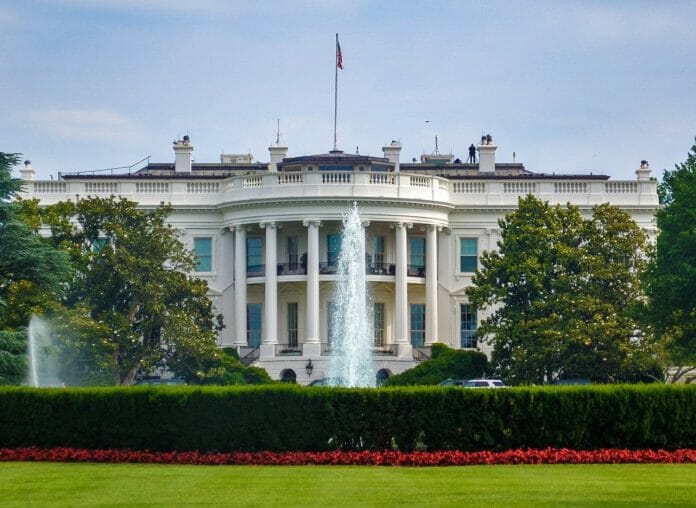It would seem that stocks can only drift higher over the coming week. As everyone expects a solution to the debt ceiling crisis to be found in time.
Yet this is not even the real problem. The current debt default risk is a mere picnic in the park compared to what is coming a little further down the track.
The only question is whether we have a US/Global debt pricing reset with serious ramifications across all markets, in the next fortnight, or at some other time in the next few years.
The current ‘Washington Circus’ we have all seen before. It always runs to the same script. There was an extra angle this time to refresh the story and keep it interesting. That of some Republicans reportedly being willing to go to actual default if the Democrats do not wind back some spending plans.
Even so, it remains likely either one of two things will happen. An agreement, most probably late next week, or an actual default as negotiations burn the midnight oil and run past midnight, for perhaps 3-4 days. Then a resolution.
The latter scenario is probably a 30% probability at this point. Earlier resolution at 60%. And a full default scenario is still far too high at a 10% chance.
What is interesting here, is that markets are now fully pricing an in-time resolution of the crisis. This is why markets have a slight upward bias, no one wants to sell ahead of an announcement of a deal being made.
However, this leaves markets potentially vulnerable to either of the other two less friendly scenarios occurring. The latter having far more significant, longer lasting, repercussions of course.
The law makers on the Hill need to be cautious. Sometimes when something gets broken, it is not so easy to put it all back together again.
A US default would be more than the straw that finally broke the back of the US dollar as the ultimate reserve currency. That grand history would be swept away in a flash. The entitled position of the Greenback is already under significant review by global market participants, investors and governments.
What happens if, on top of a slowing economy, declining tax revenue, an on-going banking crisis, falling property prices and a Federal Reserve that could still be raising rates further in a sea of high tide inflation, the US also defaults on its debts?
The US dollar sinks and keeps sinking like some forlorn titanic, stocks will begin a long-lasting decline as everyone decides it’s time to be cautious, bonds would fall further, thereby hammering the banking sector further and the US economy. Which again means yet lower tax receipts.
So a default must not happen, but are we all missing the point?
While we are all focussed on the next pass in this intense game, the scoreboard is already so ugly it may make no difference at all.
US debt to GDP has risen from 35% in the 1980s, to 129%. It leapt the last 30% in just the past few years suddenly with the advent of covid. No wonder the US saw a strong post-covid boom? It was principally all debt.
As if that is not bad enough, politicians having got away with that massive debt to GDP shift, are acting as if there are no longer any limits on how much they spend and on what. US Debt to GDP has continued to climb. Even though the covid crisis is fully over.
If there were any sincerity about debt discipline, surely it would have returned to pre-covid levels or at least begun to moderate. Nothing like that.
US Government spending remains the biggest game in town and the quickest way to get rich in the US today is to get a government contract. So much for capitalism.
The largesse is truly amazing, with government spending continuing to increase from the covid leap as if it merely created a new baseline to expand upon.
So, you see, the problem is not the sideshow debt ceiling limit discussions, it is the risk of the whole thing simply blowing at some time. Perhaps, in just the next few years if spending is not severely reined in.
The US is fast approaching a basket case level of debt to GDP that throughout history for any nation has never ended well.
The US has already reached that point really and is largely functioning on goodwill. A debt default, whenever it happens, would rip that goodwill rug away forever.
Market commentary and analysis from Clifford Bennett, chief economist at ACY Securities









